Official language
Arabic
Arab Republic of Egypt
جمهورية مصر العربية
FindSlide.org - это сайт презентаций, докладов, шаблонов в формате PowerPoint.
Email: Нажмите что бы посмотреть
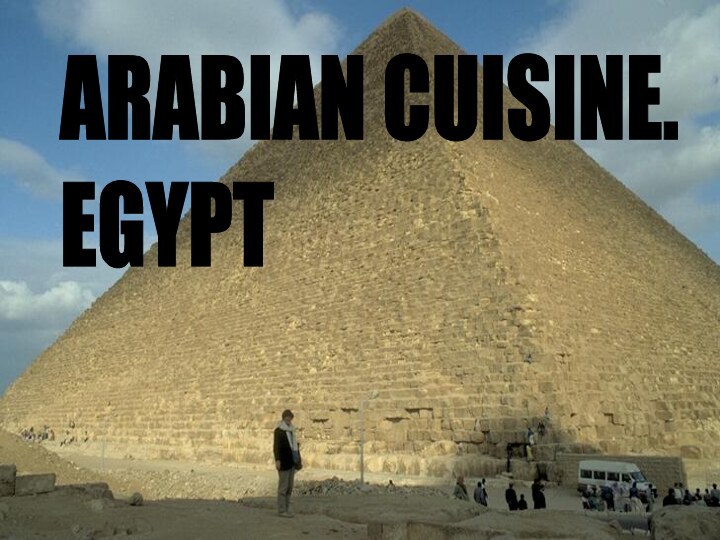


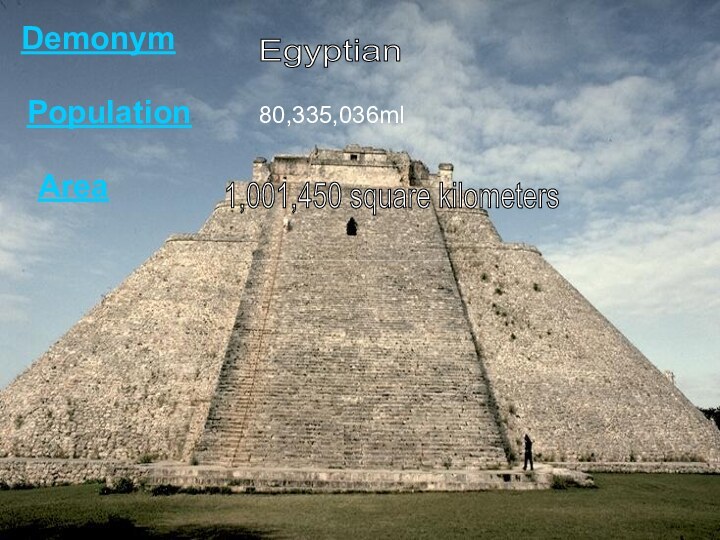
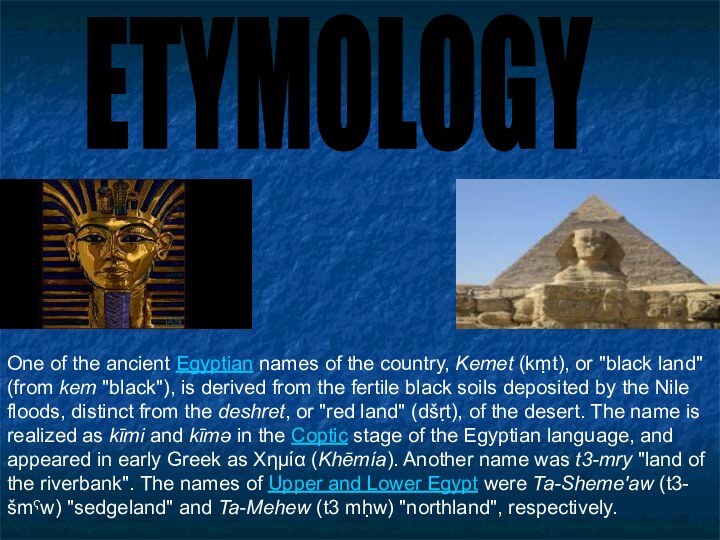
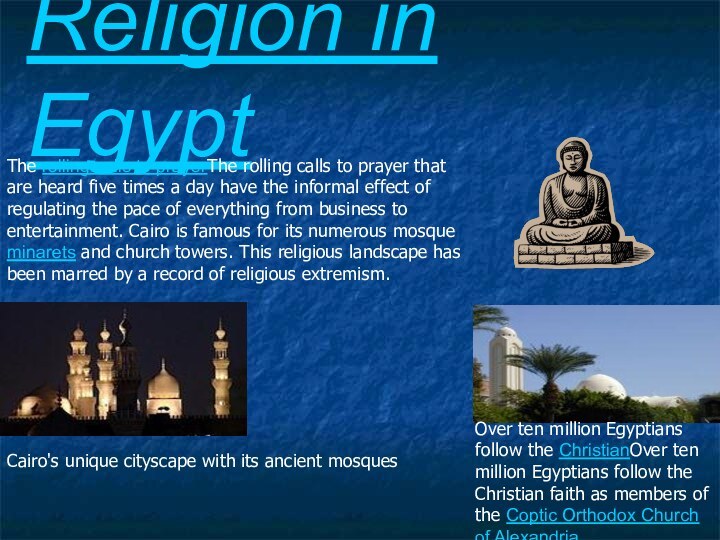
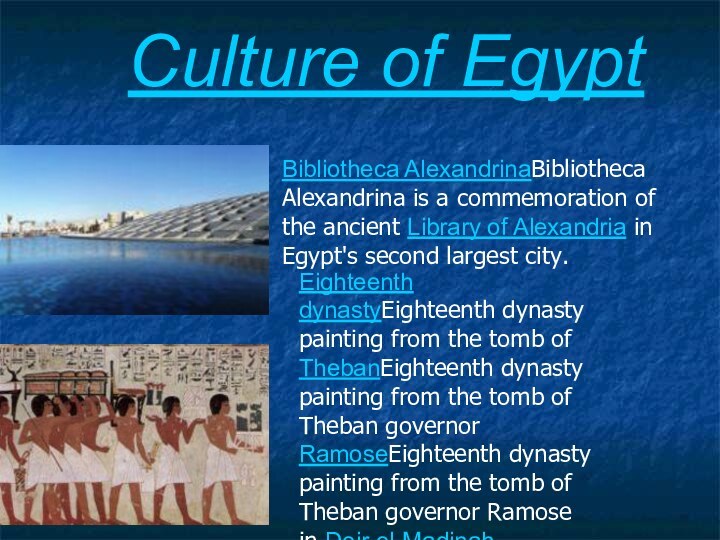
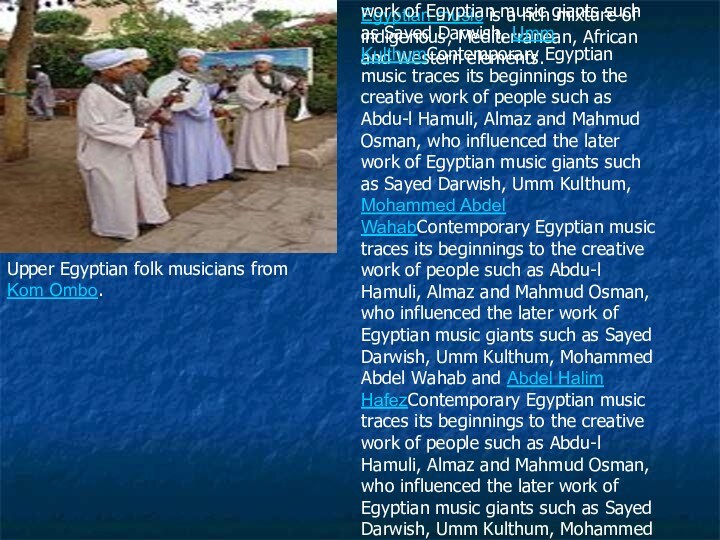
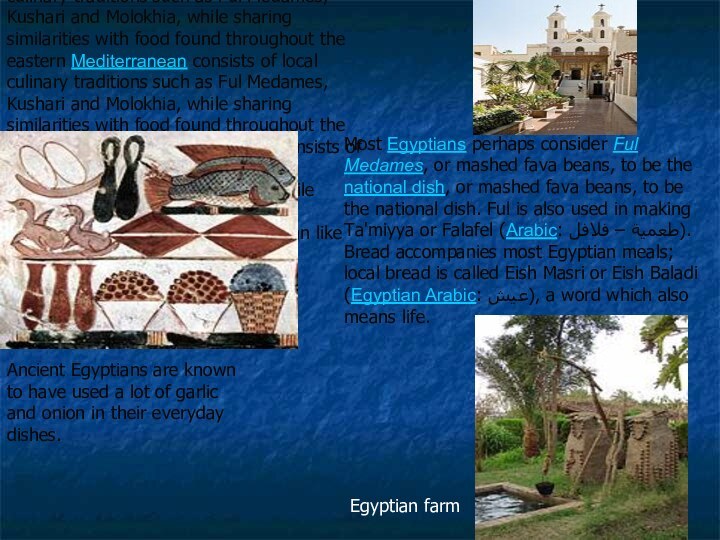
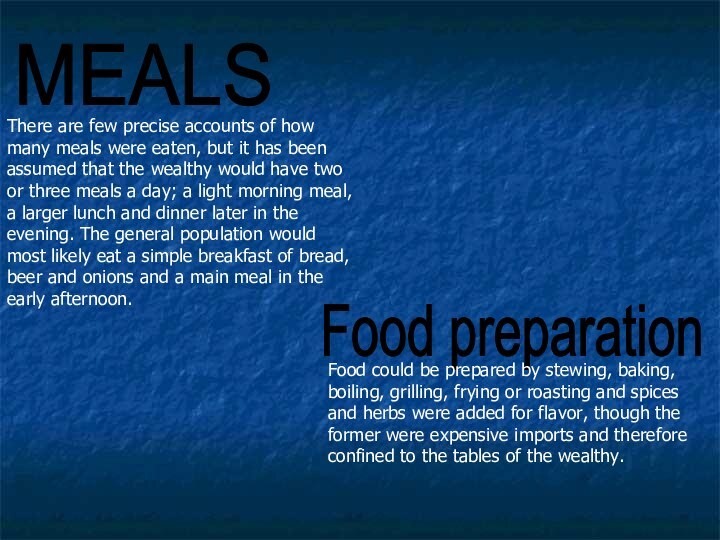
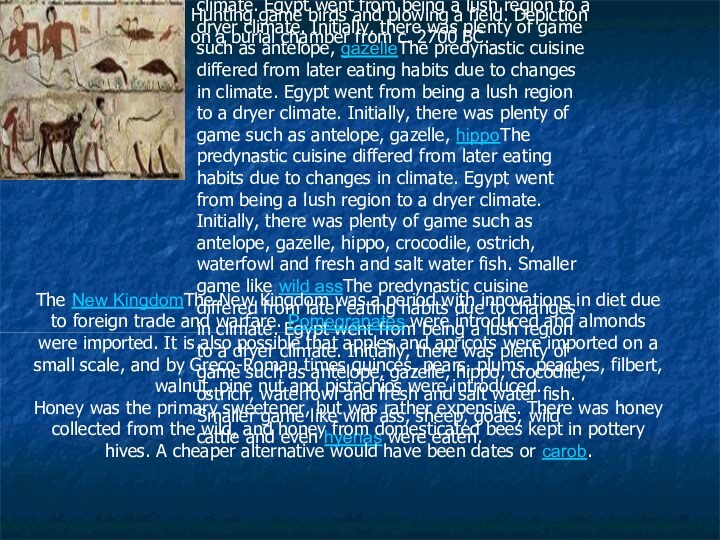
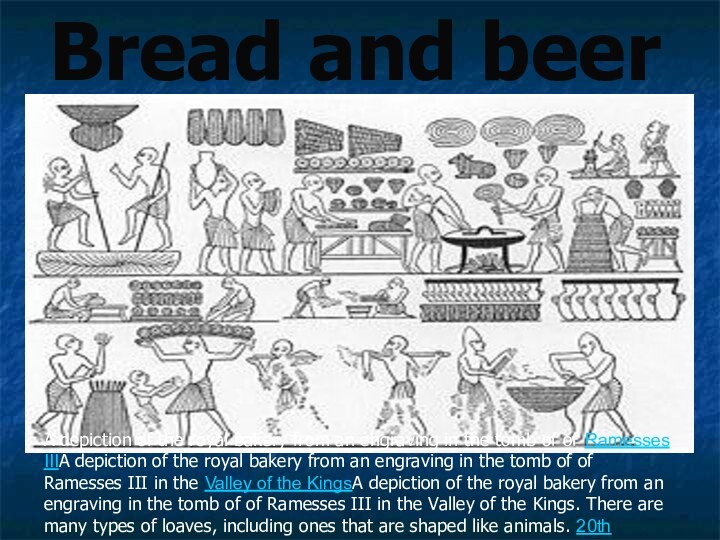
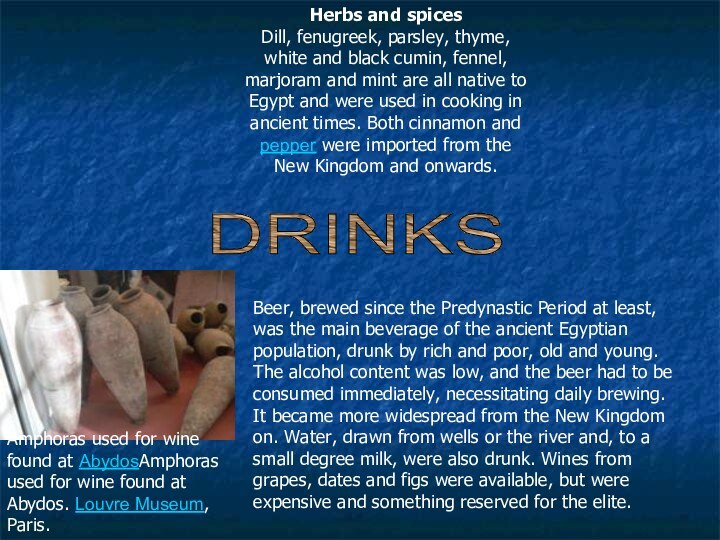
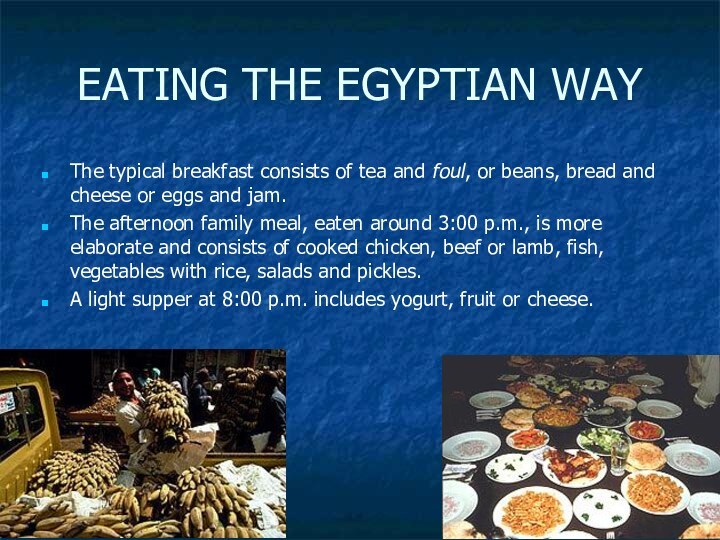
جمهورية مصر العربية
Cairo's unique cityscape with its ancient mosques
Over ten million Egyptians follow the ChristianOver ten million Egyptians follow the Christian faith as members of the Coptic Orthodox Church of Alexandria.
Eighteenth dynastyEighteenth dynasty painting from the tomb of ThebanEighteenth dynasty painting from the tomb of Theban governor RamoseEighteenth dynasty painting from the tomb of Theban governor Ramose in Deir el-Madinah
Contemporary Egyptian music traces its beginnings to the creative work of people such as Abdu-l Hamuli, Almaz and Mahmud Osman, who influenced the later work of Egyptian music giants such as Sayed DarwishContemporary Egyptian music traces its beginnings to the creative work of people such as Abdu-l Hamuli, Almaz and Mahmud Osman, who influenced the later work of Egyptian music giants such as Sayed Darwish, Umm KulthumContemporary Egyptian music traces its beginnings to the creative work of people such as Abdu-l Hamuli, Almaz and Mahmud Osman, who influenced the later work of Egyptian music giants such as Sayed Darwish, Umm Kulthum, Mohammed Abdel WahabContemporary Egyptian music traces its beginnings to the creative work of people such as Abdu-l Hamuli, Almaz and Mahmud Osman, who influenced the later work of Egyptian music giants such as Sayed Darwish, Umm Kulthum, Mohammed Abdel Wahab and Abdel Halim HafezContemporary Egyptian music traces its beginnings to the creative work of people such as Abdu-l Hamuli, Almaz and Mahmud Osman, who influenced the later work of Egyptian music giants such as Sayed Darwish, Umm Kulthum, Mohammed Abdel Wahab and Abdel Halim Hafez. These prominent artists were followed later by Amr Diab. He is seen by many as the new age "Musical Legend", whose fan base stretches all over the Middle East and Europe. From the 1970s onwards, Egyptian pop music has become increasingly important in Egyptian culture
Most Egyptians perhaps consider Ful Medames, or mashed fava beans, to be the national dish, or mashed fava beans, to be the national dish. Ful is also used in making Ta'miyya or Falafel (Arabic: طعمية – فلافل). Bread accompanies most Egyptian meals; local bread is called Eish Masri or Eish Baladi (Egyptian Arabic: عيش), a word which also means life.
Ancient Egyptians are known to have used a lot of garlic and onion in their everyday dishes.
Egyptian farm
Food preparation
Food could be prepared by stewing, baking, boiling, grilling, frying or roasting and spices and herbs were added for flavor, though the former were expensive imports and therefore confined to the tables of the wealthy.
The New KingdomThe New Kingdom was a period with innovations in diet due to foreign trade and warfare. Pomegranates were introduced and almonds were imported. It is also possible that apples and apricots were imported on a small scale, and by Greco-Roman times quinces, pears, plums, peaches, filbert, walnut, pine nut and pistachios were introduced.
Honey was the primary sweetener, but was rather expensive. There was honey collected from the wild, and honey from domesticated bees kept in pottery hives. A cheaper alternative would have been dates or carob.
Hunting game birds and plowing a field. Depiction on a burial chamber from c. 2700 BC.
DRINKS
Amphoras used for wine found at AbydosAmphoras used for wine found at Abydos. Louvre Museum, Paris.
Beer, brewed since the Predynastic Period at least, was the main beverage of the ancient Egyptian population, drunk by rich and poor, old and young. The alcohol content was low, and the beer had to be consumed immediately, necessitating daily brewing. It became more widespread from the New Kingdom on. Water, drawn from wells or the river and, to a small degree milk, were also drunk. Wines from grapes, dates and figs were available, but were expensive and something reserved for the elite.